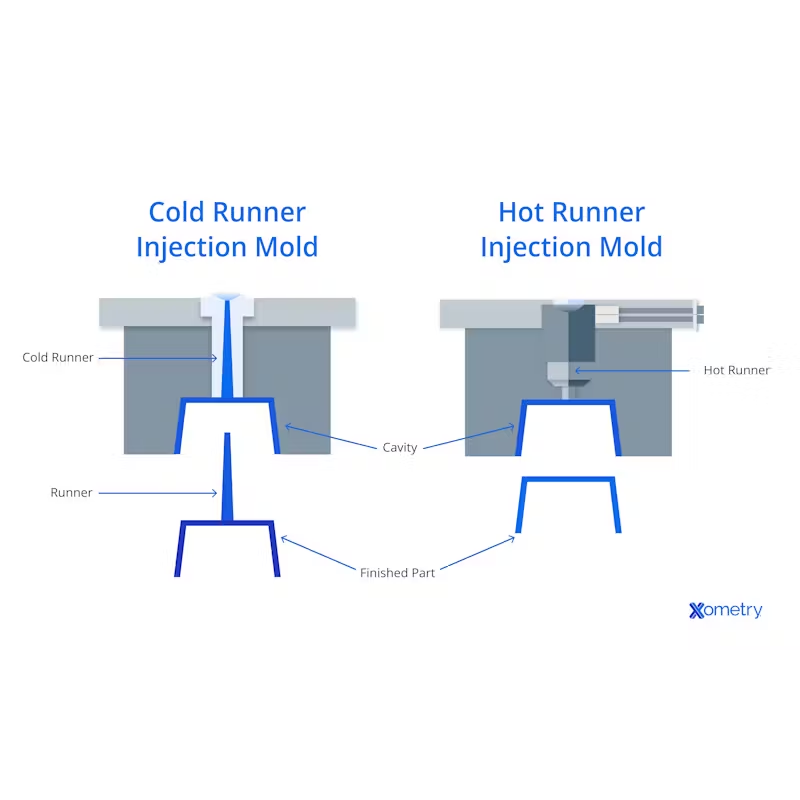Hot runner systems evolved from traditional non-runner systems in the injection molding industry. As a sophisticated plastic injection molding technology, their adoption dates back to the mid-20th century or even earlier. Today, over 50% of molds produced by many plastic molding factories utilize hot runner technology, with some facilities exceeding 80%.
So, what exactly is a hot runner system? Why has it gained such widespread popularity? What are the advantages and disadvantages of this system? This blog will provide you with a comprehensive understanding of these essential questions.
What is a Hot Runner System?
A hot runner system is an advanced technique used in the injection molding process that enhances both efficiency and product quality. This system maintains a constant temperature in the runner channels leading to multiple injection points (gates) within a mold, keeping the molten plastic in a liquid state until it reaches the cavities.
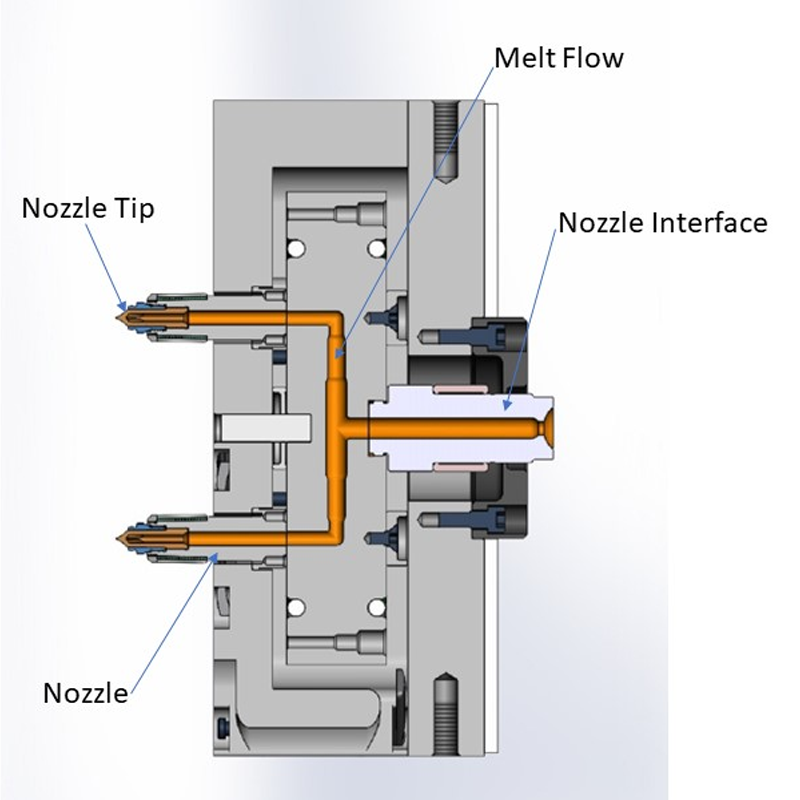
How Does a Hot Runner System Operate?
- Initiation of the Injection Process: The injection mold closes, and plastic material is injected through the nozzle of the injection molding machine.
- Activation of the Hot Runner System: The molten plastic flows through a heated manifold, which distributes the material into individual runners that lead to each gate in the mold.
- Temperature Regulation: The hot runner system is equipped with heaters and thermocouples to maintain the desired temperature in the runners and nozzles, ensuring that the plastic remains molten until it enters the mold cavities.
Advantages of Using Hot Runners in Injection Molding
Hot runner systems minimize material waste and enhance production efficiency by keeping the runners heated and eliminating the need for solidified runner removal. This control over molten plastic flow results in uniform filling, reduced dimensional variation, and improved surface finish, leading to higher-quality components. Additionally, hot runner systems allow for greater design flexibility, accommodating complex part geometries, thin walls, and multiple gating options. They are compatible with a variety of plastic materials, including those sensitive to temperature fluctuations. Furthermore, hot runner systems contribute to faster cycle times, significantly reducing overall production duration.
The Purpose of Hot Runner Systems
Hot runner systems are utilized in injection molding to improve efficiency, elevate part quality, enable intricate designs, accommodate various materials, and decrease cycle times. These benefits have made hot runner technology a preferred choice across numerous industries that demand efficient, cost-effective, and high-quality injection molding solutions.
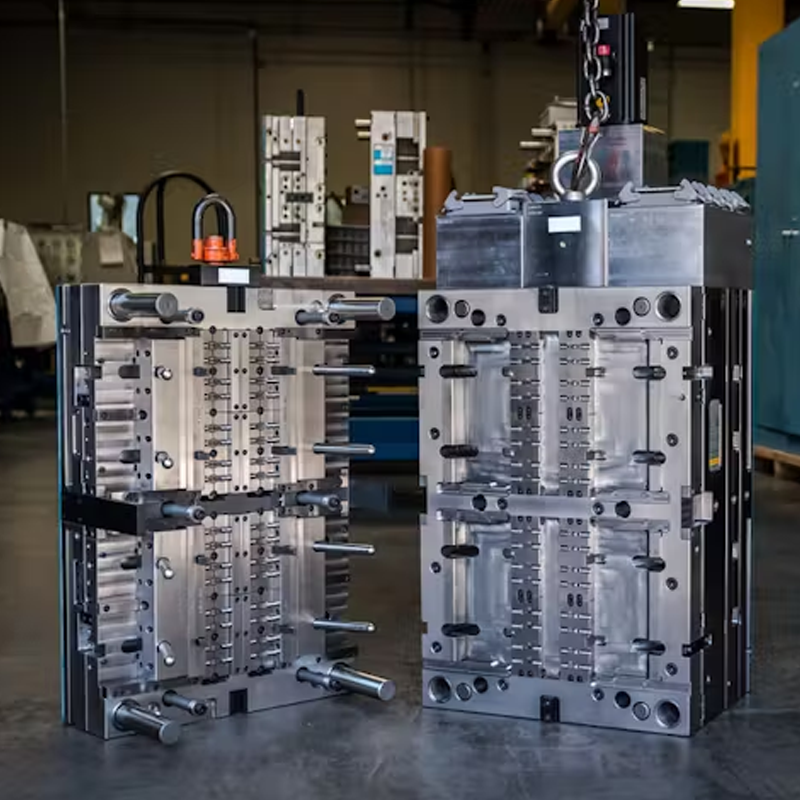
Advantages of Hot Runner Systems
– Increased Efficiency: Hot runner systems eliminate the need for solid runners, reducing material waste, cycle times, and associated costs. The simplification of the process also lessens manual labor.
– Enhanced Quality: By allowing for precise control over the flow of molten plastic, hot runners ensure consistent temperature throughout the system, promoting uniform filling and minimizing defects such as flow lines and sink marks.
– Expanded Design Options: These systems enable the injection of multiple gates, allowing for complex and detailed part designs, including thin walls and various gating configurations.
– Wide Material Compatibility: Hot runner systems can process a broad range of plastic materials, including those with specific thermal requirements, ensuring precise temperature management.
– Reduced Cycle Times: By keeping the plastic molten from the nozzle to the mold, hot runner systems facilitate quicker injection and cooling cycles, enhancing overall manufacturing efficiency.
Disadvantages of Hot Runner Systems
– Higher Initial Investment: The upfront costs for hot runner systems tend to be greater than those for traditional cold runners, which may deter smaller operations.
– Complexity in Design and Maintenance: The intricate design of hot runner systems necessitates more maintenance, potentially raising operational complexity and costs.
– Potential for Material Degradation: Extended exposure to high temperatures can lead to color changes and material degradation, necessitating careful material selection and temperature regulation.
– Increased System Complexity: The inclusion of components like manifolds and heaters can complicate the overall injection molding setup.
– Longer Startup Times: Hot runner systems may require more time for setup and initial heating, which can affect production timelines.
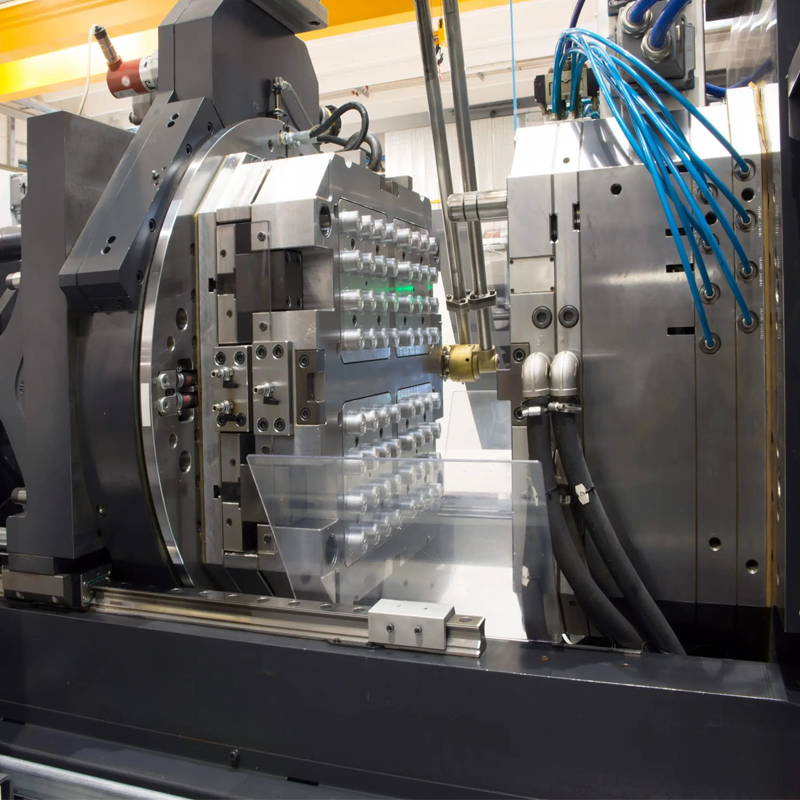
Types of Hot Runner Systems
There are several common types of hot runner systems utilized in injection molding, including:
– Open Hot Runner System: This system features open runners that are not enclosed within the mold plates, suitable for simpler molds.
– Valve Gate Hot Runner System: Utilizes individual valve gates to manage the flow of molten plastic, enhancing precision and minimizing waste.
– Sequential Valve Gate Hot Runner System: An advanced variation that allows for the sequential filling of multiple gates, accommodating more complex designs.
– Insulated Runner Hot Runner System: Comprises insulated channels that maintain a consistent temperature, improving energy efficiency, particularly for larger molds.
– Hot Sprue Bushing Hot Runner System: Features a heated sprue bushing connecting the machine nozzle directly to the mold cavity, suitable for simple molds with fewer cavities.
Each type of hot runner system offers distinct benefits, making selection dependent on factors such as part complexity, quality requirements, and material characteristics.
Applications of Hot Runner Systems
Hot runner systems are employed across diverse industries due to their ability to enhance production efficiency and part quality. Key applications include:
– Automotive Industry: Used for manufacturing components like interior parts, exterior parts, and under-the-hood components, where consistent melt delivery is crucial.
– Medical and Pharmaceutical: Ideal for producing precise parts such as syringes and surgical instruments, where high dimensional accuracy is critical.
– Consumer Products: Extensively used for electronic devices, household appliances, toys, and personal care products, benefiting from reduced waste and improved aesthetics.
– Packaging Industry: Essential for producing bottle caps, thin-walled containers, and packaging trays, with economical advantages due to simultaneous cavity molding.
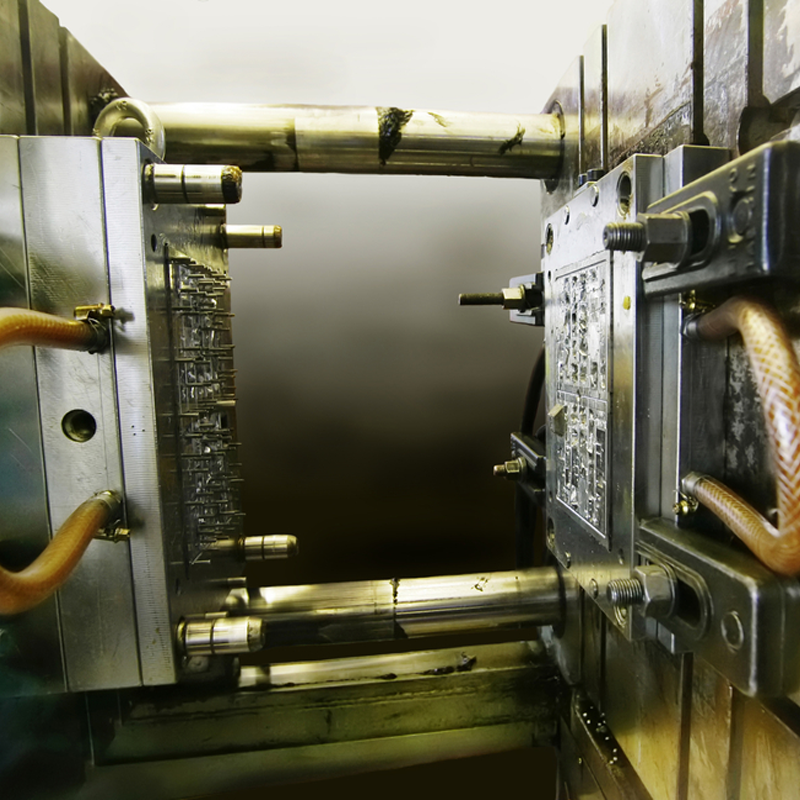
Hot Runner Design Considerations
When designing a hot runner system for an injection molding project, several factors should be considered:
– Part and Mold Design: Understand the part’s specifications and ensure alignment with the hot runner design.
– Material Selection: Choose materials based on their processing needs, ensuring compatibility with the hot runner system.
– Flow Analysis and Balancing: Conduct a flow analysis to optimize the runner and gate design for consistent filling.
– Temperature Control: Ensure the system can maintain the necessary temperature profiles throughout the process.
– Thermal Expansion and Cooling: Account for thermal expansion and integrate cooling channels as needed.
– Maintenance and Serviceability: Design for ease of maintenance to facilitate cleaning and repairs.
– Supplier Collaboration: Work closely with a reliable hot runner system supplier to achieve optimal design and functionality.
Selecting Your Hot Runner System
When choosing a hot runner system for a specific project, consider the following:
– Evaluate the complexity of the part design.
– Assess the type of plastic material to be used.
– Determine quality and surface finish requirements.
– Consider expected production volume and cycle time.
– Evaluate maintenance needs and overall system complexity.
– Research the supplier’s reputation and track record.
By carefully considering these elements, you can select a hot runner system that meets your injection molding project’s specific requirements, ensuring optimal performance and cost-effectiveness.
Conclusion
In summary, hot runner injection molding systems offer significant advantages in efficiency, part quality, design flexibility, and material compatibility. However, it is essential to consider initial costs, complexity, and potential material degradation when designing and implementing such systems. By thoughtfully addressing these factors and collaborating with a trusted supplier, a hot runner system can be tailored to fulfill the unique requirements of your injection molding project, ensuring both efficiency and high-quality production.

